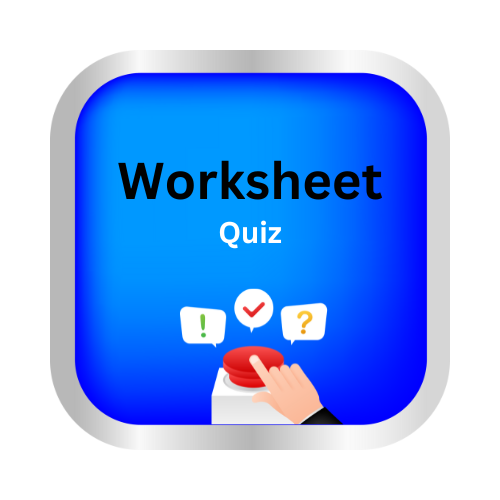Identify vague pronoun references
Design by Delta publications
Key Notes :
| Identify Vague Pronoun References |
A vague pronoun reference happens when it’s unclear which noun a pronoun refers to. This can confuse the reader.
| Key Points to Remember |
- What is a Pronoun?
- A pronoun replaces a noun in a sentence.
- Examples: he, she, it, they, them, this, that
- 📝 Example:
- ❌ Alex told Sam that he was tired.
- Who is tired? Alex or Sam?
- ✅ Alex told Sam, “I am tired.”
- Clear now!
- ❌ Alex told Sam that he was tired.
- Vague Pronoun Reference
- Occurs when a pronoun doesn’t clearly point to a noun.
- Usually happens with he, she, it, they, this, that, these, those.
- 📝 Example:
- ❌ When Sarah gave Emma her notebook, she smiled.
- Who smiled? Sarah or Emma?
- ✅ Sarah smiled when she gave Emma her notebook.
- ❌ When Sarah gave Emma her notebook, she smiled.
- Tips to Fix Vague Pronouns ✏️
- Use the noun again instead of the pronoun:
- ❌ Tom told Jerry that he was late.
- ✅ Tom told Jerry, “Tom was late.”
- Rearrange the sentence to clarify:
- ❌ The teacher gave the students their homework, and they were happy.
- ✅ The students were happy when the teacher gave them their homework.
- Be specific with pronouns:
- ❌ It was fun to watch the movie.
- ✅ Watching the movie was fun.
- Use the noun again instead of the pronoun:
- Common Vague Pronouns ⚠️
- It – What does “it” refer to?
- This/That – Which thing?
- They/Them – Which people?
- He/She – Which person?
- Practice Example 💡
- ❌ Maria gave Anna her book because she finished it.
- ✅ Maria gave Anna her book because Maria finished it.
💡 Remember:
A good pronoun reference makes your writing clear and easy to understand. Always ask:
“Who or what is this pronoun referring to?” 🤔
Let’s practice!🖊️

